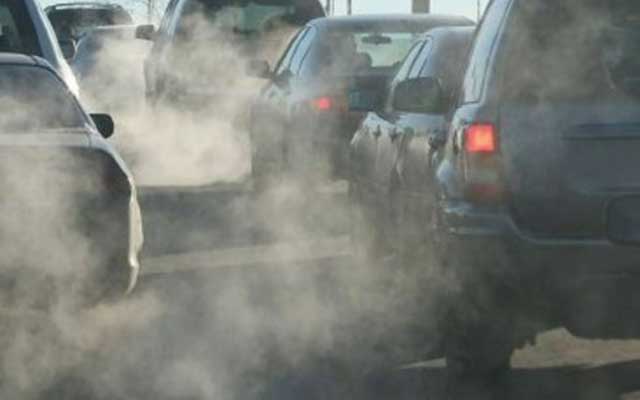The government of Canada has adopted new vehicle and fuel standards aimed at mitigating vehicular air pollution.
The environment minister of Canada Leona Aglukkaq announced on Wednesday that the government was aligning its vehicle and fuel standards with those of the United States.
The Tier-III regulations are expected to tighten emission standards for new passenger cars, light-duty trucks and heavy-duty vehicles such as delivery vans starting with models to be rolled out in 2017.
The government will also lower limits on allowable sulphur content of gasoline to match US standards beginning that year.
According to a statement, Canada will be able to reap significant health and environmental benefits by aligning its emission standards with those of the US.
The move is also expected to help the country maintain economic competitiveness in a sustainable manner.
A quarter of greenhouse gas emissions in Canada come from the transportation sector. It is a major source of pollutant emissions that form smog, and the new regulations are vital to addressing climate change and providing Canadians with cleaner air.
Vehicular emissions are already on the decline as a result of previous regulatory actions in the country. It has seen total emissions of nitrogen oxides and volatile organic compounds from passenger vehicles and light trucks fall by 40 percent from 2006 to 2013.
The country is also likely to benefit from an 80 percent reduction in smog-forming air pollutant emissions from new vehicles when it goes into operation under the Tier 3 vehicle standards compliance by 2025.
Further, the new regulations on sulphur in gasoline should cut allowable content of the pollution causing element in the automotive fuel by nearly 70 percent starting 2017.
The reduction in sulphur content in gasoline is expected to help the emission-control technologies deployed in vehicles to operate efficiently.
By 2030, Tier 3 vehicle and fuel standards are expected to generate cumulative health and environmental benefits to the tune of $7.5 billion. They would also save $2.7 billion in cumulative fuel and vehicle related costs.
The other projected health benefits of the new norms are: prevention of 1,400 premature deaths; saving of nearly 200,000 days of asthma symptoms; and removal of 2.8 million days of acute respiratory problems all between 2017 and 2030.
Ajith Kumar S
editor@greentechlead.com

